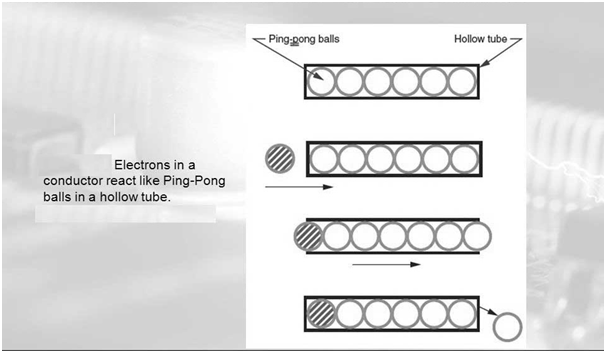Does anyone understand the need for all of these digital components, that a reviewer is using? What are they all for? Are all needed? And how do they benefit the streaming setup?
1. dcs DAC and Innuos Statement Next-Gen Music Server - obvious
2. Small Green Computer Sonore Deluxe opticalModule - why optical module? what is wrong with innous?
3. Uptone Audio EtherREGEN with SOtM sCLK-OCX10 Master Clock and sPS-500 power supply - what the heck is this? and why add clock and power supply?
4. Finisar FTLF8519P3BNL and Broadcom/Avago AFBR-5718PZ 1GB SX-SFP, Gen 5 fiberoptic modules - -what the heck is this? and why?
5. Nordost QNet switch and QSource linear power supplies (2); why add switch when he's got all the other stuff? and why power supplies for the switch?
6. Sonore Audiophile Linear Power Supply - why another power supply? for which component?
7. Synology 5-bay 1019+ NAS with Ferrum Hypsos linear/switching hybrid power supply - what does the power supply add here?
8. Linksys MR9000 mesh router and Arris modem - what is this router? and why is there a modem with the router?
9. Apple 2023 iPad Pro and 2017 MacBook Pro laptop with 2.8GHz Intel i7, SSD, 16GB RAM - such an old apple macbook is good enough, considering the guys has so many other components? is it better than more recent alternatives or did he run out of money?
Wow! and people give vinyl guys a hard time for being obsessive!
1. dcs DAC and Innuos Statement Next-Gen Music Server - obvious
2. Small Green Computer Sonore Deluxe opticalModule - why optical module? what is wrong with innous?
3. Uptone Audio EtherREGEN with SOtM sCLK-OCX10 Master Clock and sPS-500 power supply - what the heck is this? and why add clock and power supply?
4. Finisar FTLF8519P3BNL and Broadcom/Avago AFBR-5718PZ 1GB SX-SFP, Gen 5 fiberoptic modules - -what the heck is this? and why?
5. Nordost QNet switch and QSource linear power supplies (2); why add switch when he's got all the other stuff? and why power supplies for the switch?
6. Sonore Audiophile Linear Power Supply - why another power supply? for which component?
7. Synology 5-bay 1019+ NAS with Ferrum Hypsos linear/switching hybrid power supply - what does the power supply add here?
8. Linksys MR9000 mesh router and Arris modem - what is this router? and why is there a modem with the router?
9. Apple 2023 iPad Pro and 2017 MacBook Pro laptop with 2.8GHz Intel i7, SSD, 16GB RAM - such an old apple macbook is good enough, considering the guys has so many other components? is it better than more recent alternatives or did he run out of money?
Wow! and people give vinyl guys a hard time for being obsessive!











